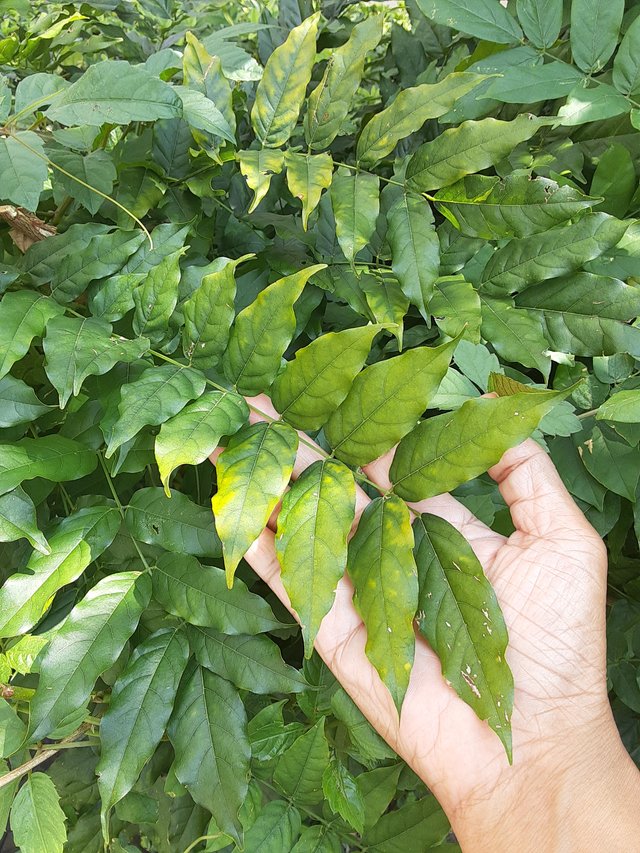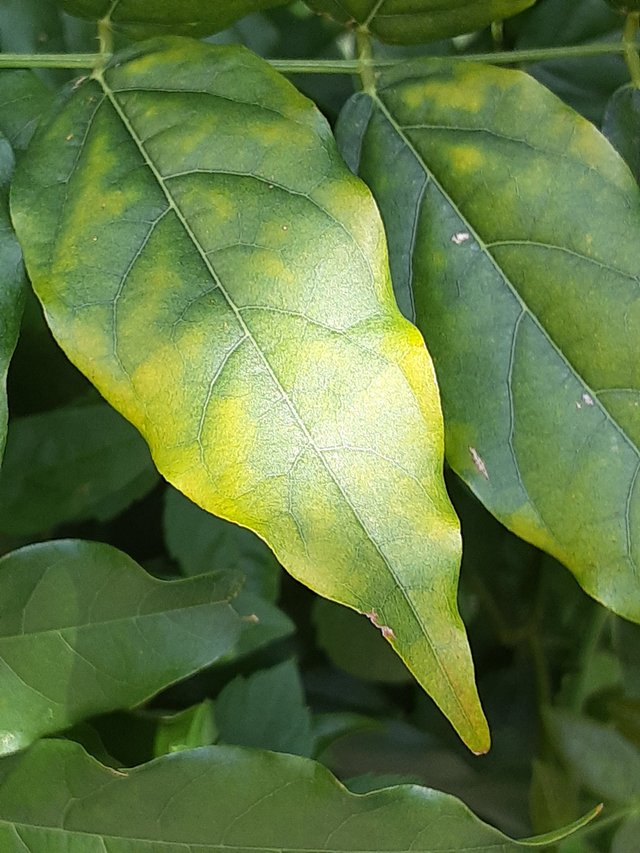The Japanese wisteria (Wisteria brachybotrys), a deciduous vine known for its cascading clusters of fragrant flowers in spring and compound leaves

Wisteria brachybotrys, commonly known as the Japanese wisteria, is a deciduous woody vine native to Japan. It is prized for its spectacular floral display in spring, when it produces long, cascading clusters of fragrant, purple, pink, or white flowers.
The Japanese wisteria is a vigorous climber that can reach heights of over 20 meters (66 ft) when provided with suitable support. Its leaves are compound, consisting of 13-19 leaflets arranged in a pinnately compound pattern. The leaflets are oval-shaped, with a pointed tip and smooth edges. They are typically dark green in color, but can turn yellow or orange in autumn before falling.
The flowers of the Japanese wisteria are arranged in dense, pendulous racemes that can grow up to 30 cm (12 in) long. The flowers are pea-shaped and have a sweet, fragrant scent. They are typically purple in color, but can also be white, pink, or blue. The flowers are followed by flat, leathery seed pods that contain several seeds.

The Japanese wisteria is a popular ornamental plant that is grown in gardens and parks around the world. It is a low-maintenance plant that is tolerant of a wide range of soil conditions. However, it can be invasive in some areas, so it is important to plant it in a location where it can be controlled.
The Japanese wisteria is a beautiful and fragrant plant that can provide a stunning display of color in spring. It is a versatile plant that can be used to create a variety of effects in the garden, from a cascading waterfall of flowers to a fragrant privacy screen.
Ref.:
 |  |
Upvoted! Thank you for supporting witness @jswit.